Cinnamon18
Intro
Hi! I'm Alice, a Georgia Tech computer science student, and a game dev in my free time. I've been making and playing games since elementary school, although over the years I've gotten quite a bit better at both. I love that games let me combine my technical and creative skills!

(Alice, artist's rendition)
My goal with every game is to make players happy, be it through a compelling narrative or ridiculous antics. That being said, I don't mind if my players cry along the way, as long as they leave with a smile!
Games
Path to Harmony
The game I'm most proud of is Path to Harmony. I led this project as part of VGDev, Georgia Tech's game creation club, and was involved in every aspect of its creation. Over six months my team made a fully featured game with a compelling narrative, soundtrack, dozens of levels and units, and deep game play. Heading the project let me develop leadership and project management skills, in addition to all the game development ones.
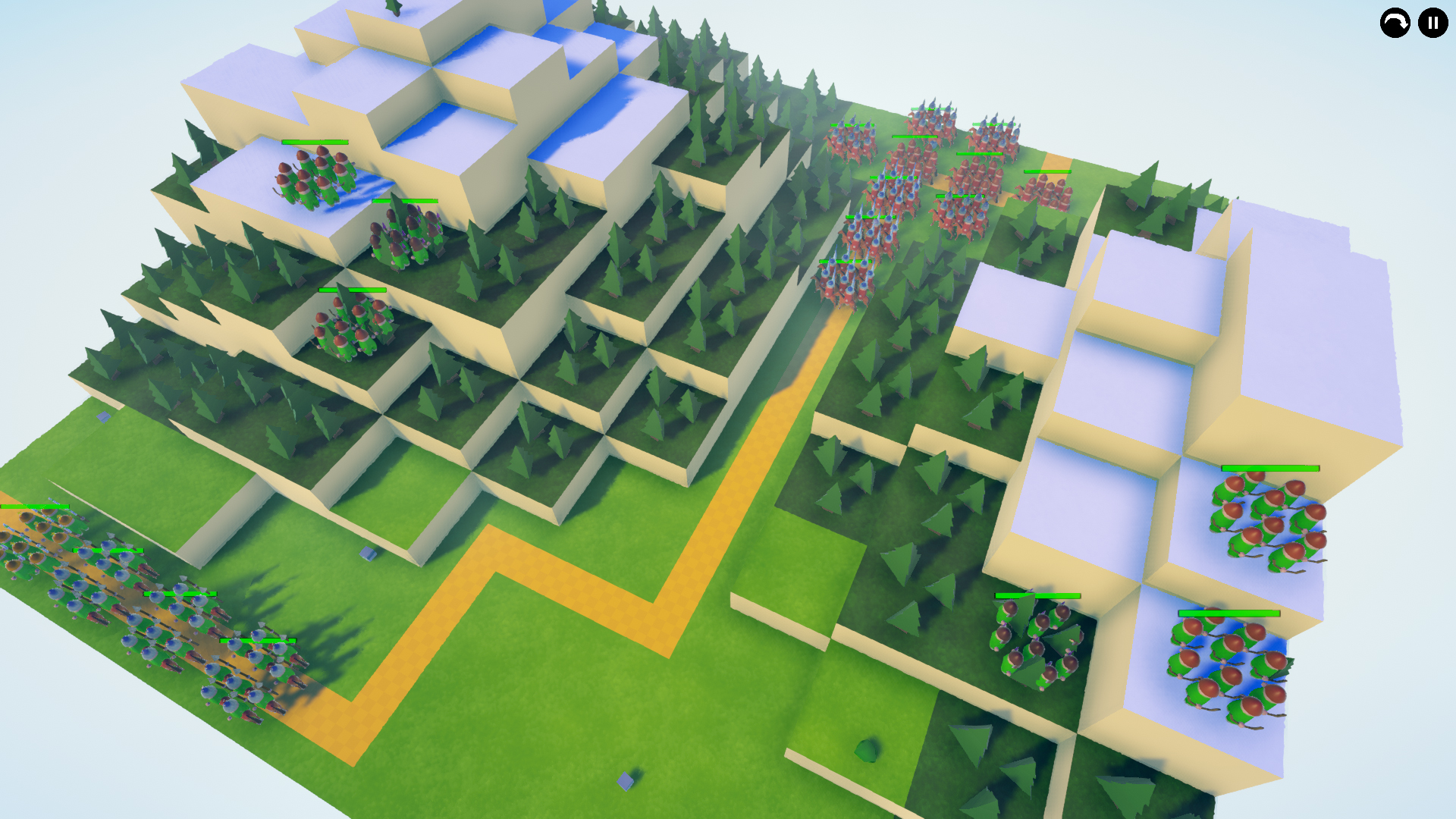
Two armies struggle to control a mountain pass.
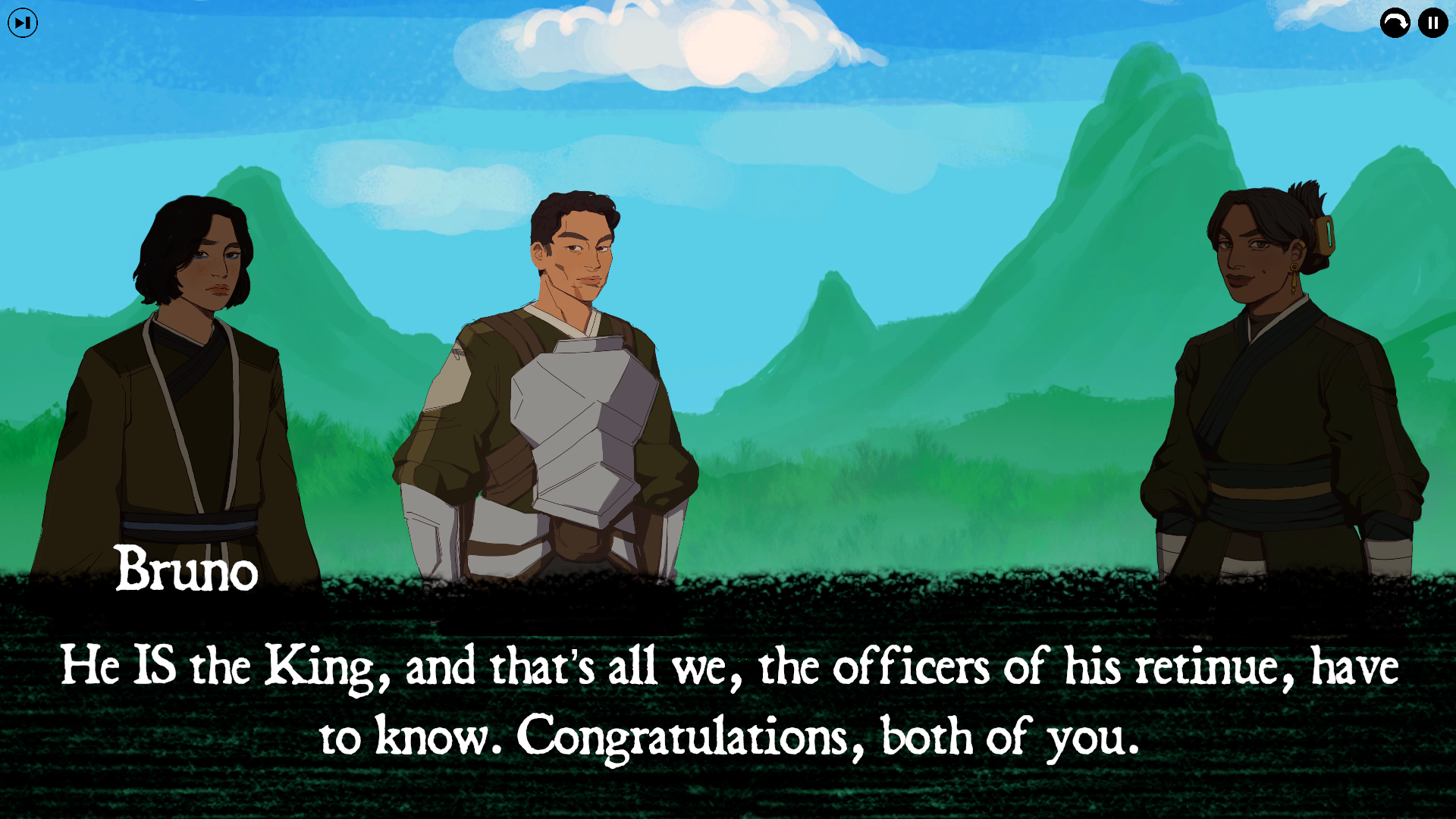
Narrative is told through a blend of cut scenes and game play.
System.Exit
System.Exit was my first game with VGDev. I had the fortune to work under a patient lead who helped me learn skills that are necessary to work on larger projects, such as developing with an established code base. My work on System.Exit focused on development; I designed and implemented mechanics, items, enemies, and battles.
System.Exit also taught me the value of play testing. Although testing is crucial for all games, an RPG like ours was especially difficult to balance with the "squint and hope" method, and the enjoyability of the game improved markedly as we iterated.
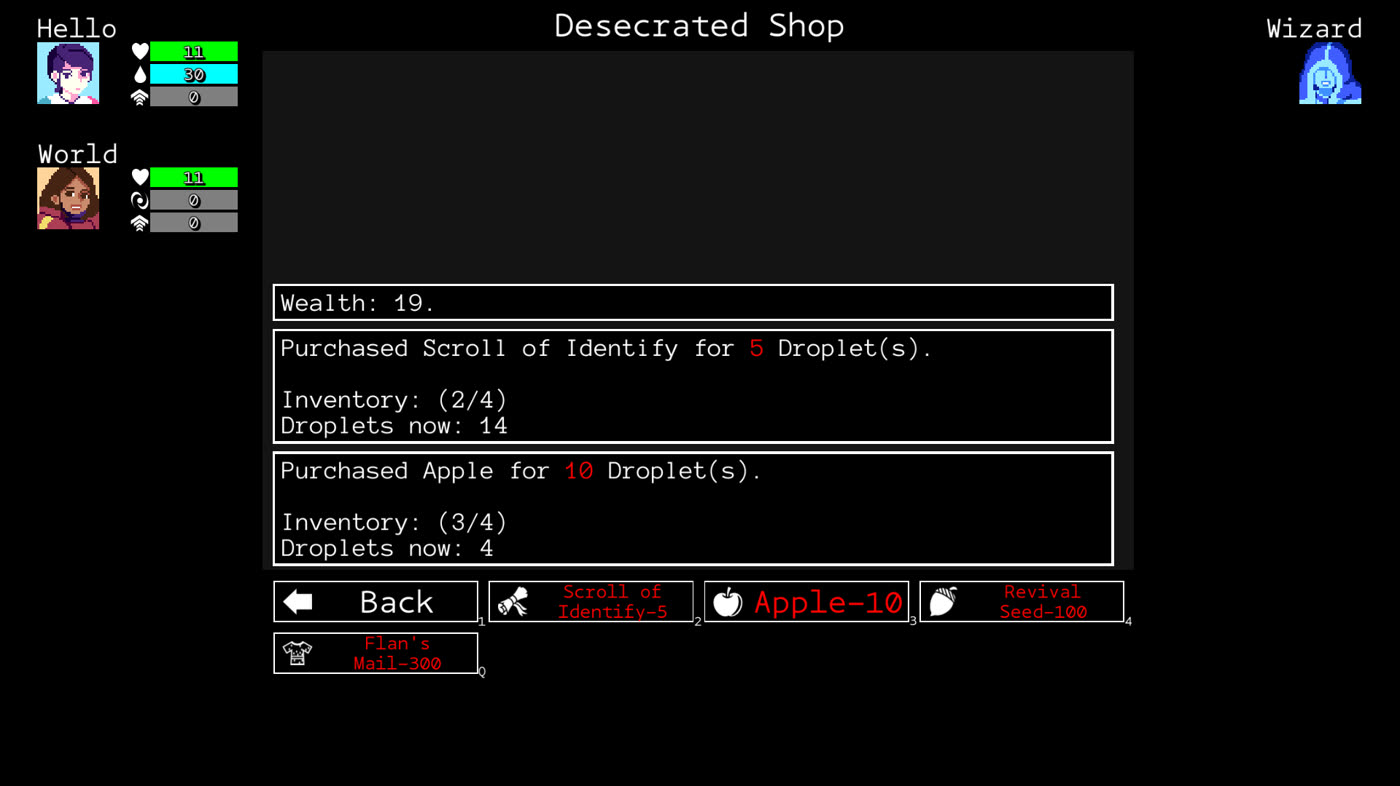
I designed a number of the items obtainable from monsters or shops like the one pictured above.
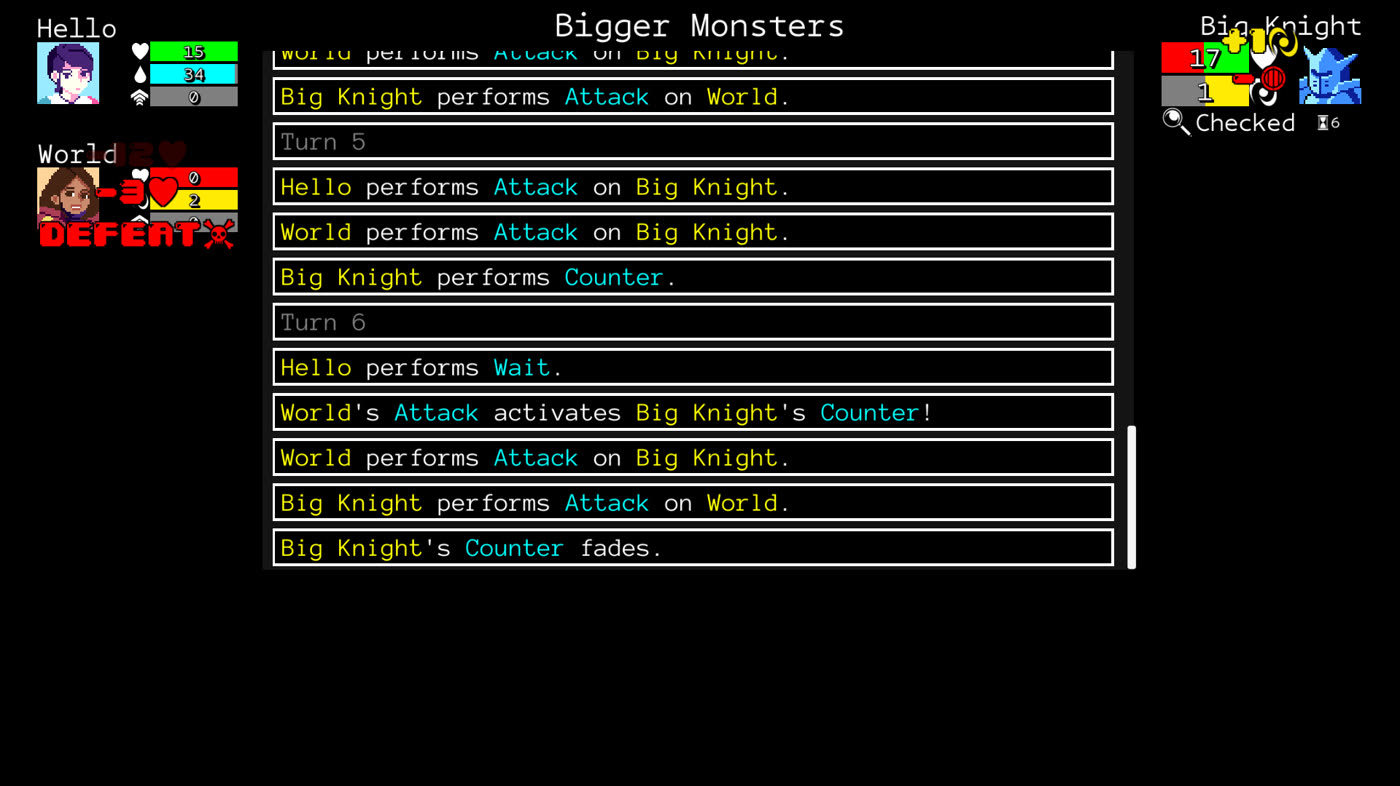
Ensuring interactions were balanced and interesting required significant play testing, but was well worth the polish it brought to the final product.
Specializations
Programming
I'm a computer scientist by trade, so it's only natural I'd gravitate towards programming related roles in game development. I've contributed featuring to almost every project I've worked on. Game projects have also been an excellent way to practice my architecture. Seeing games from inception to delivery has helped me understand the trade-offs involved with certain approaches in a way that's difficult to fully internalize from a software design class.
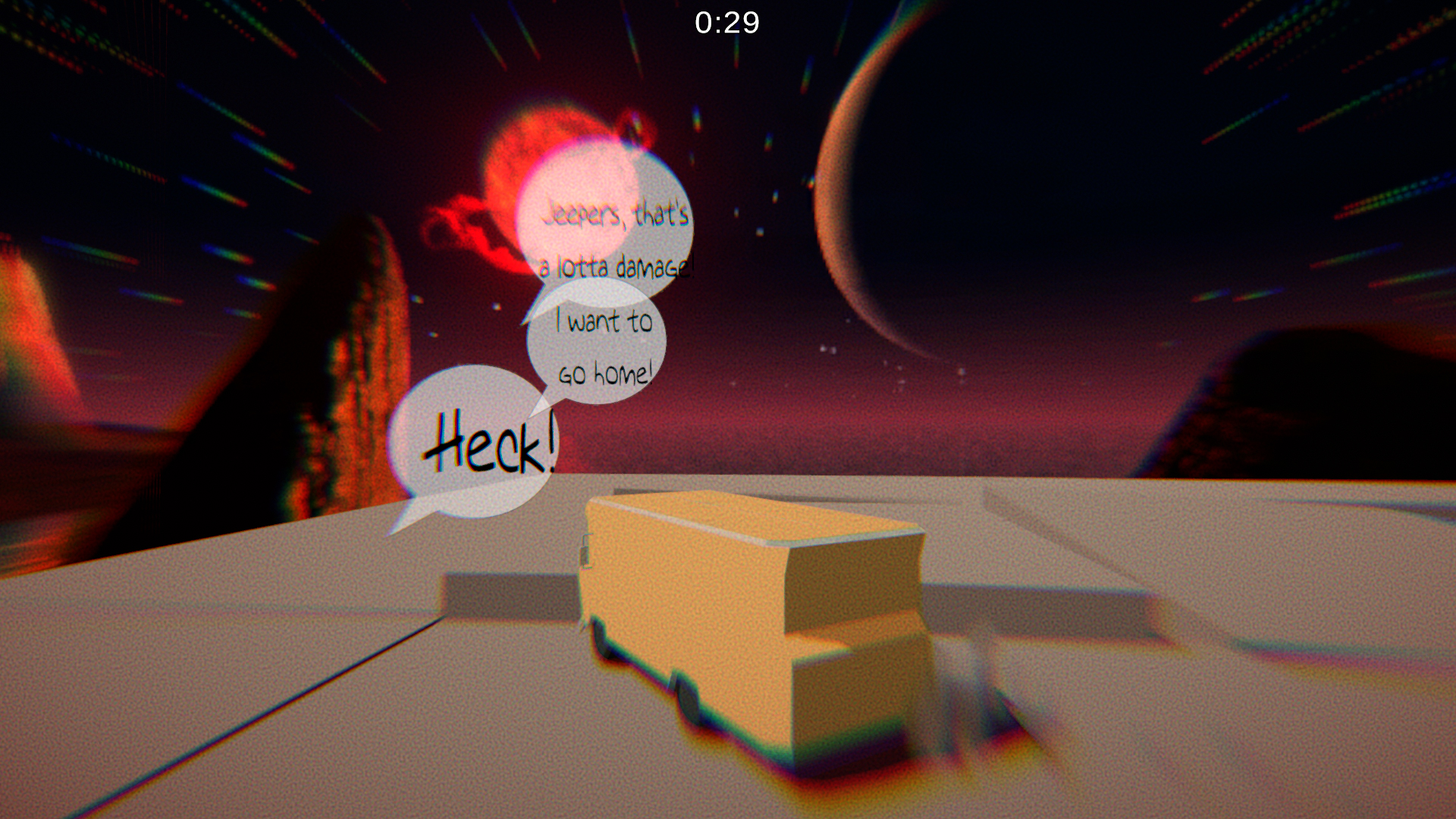
RV VR, a game about a family road trip. Among other things, I created a system that applied different audio and visual effects based how the player collided with an obstacle.
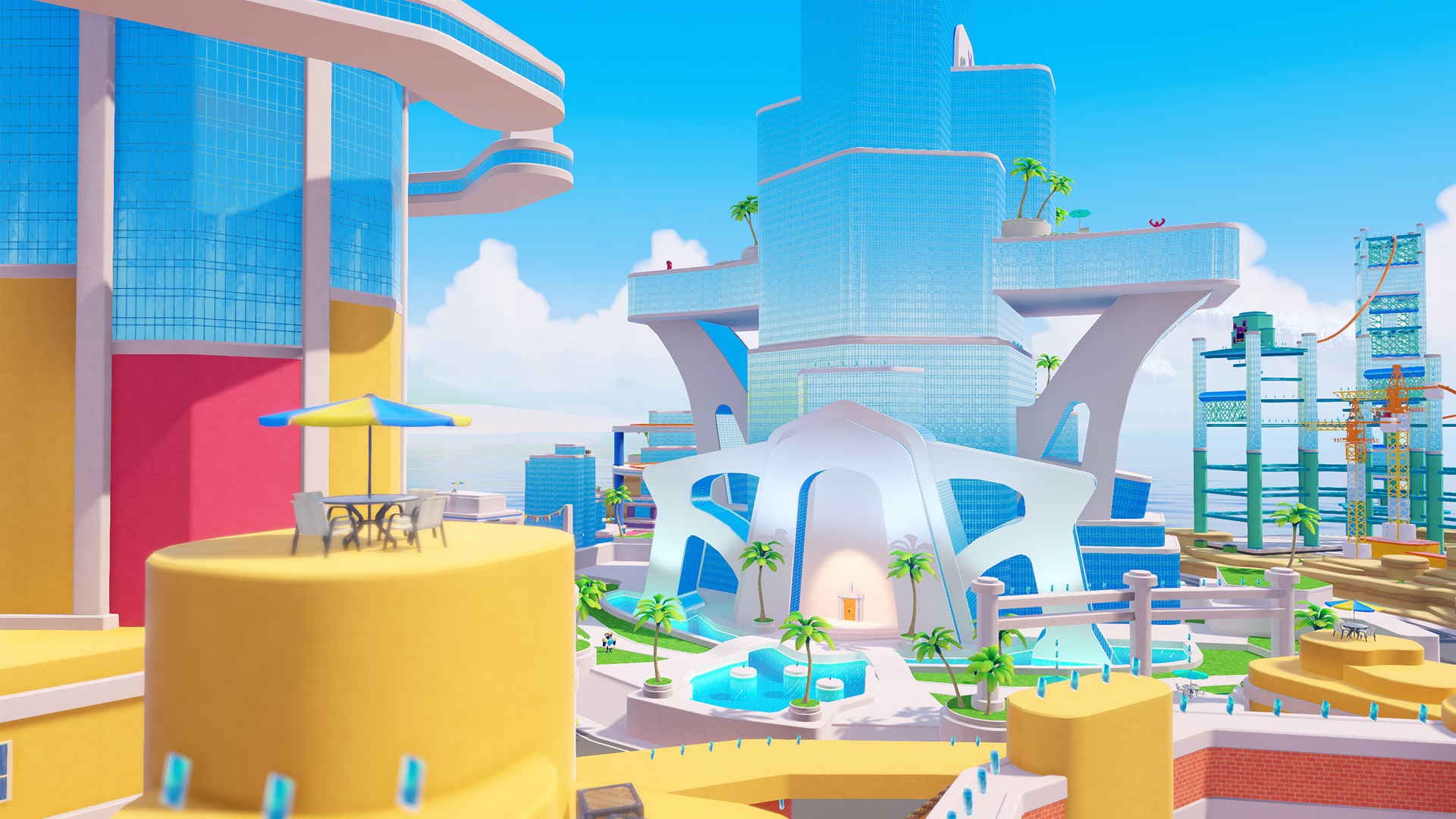
Trouble on Beryl Isle, a sunny platformer I worked on through VGDev. I coded AI for an enemy in addition to creating environments.
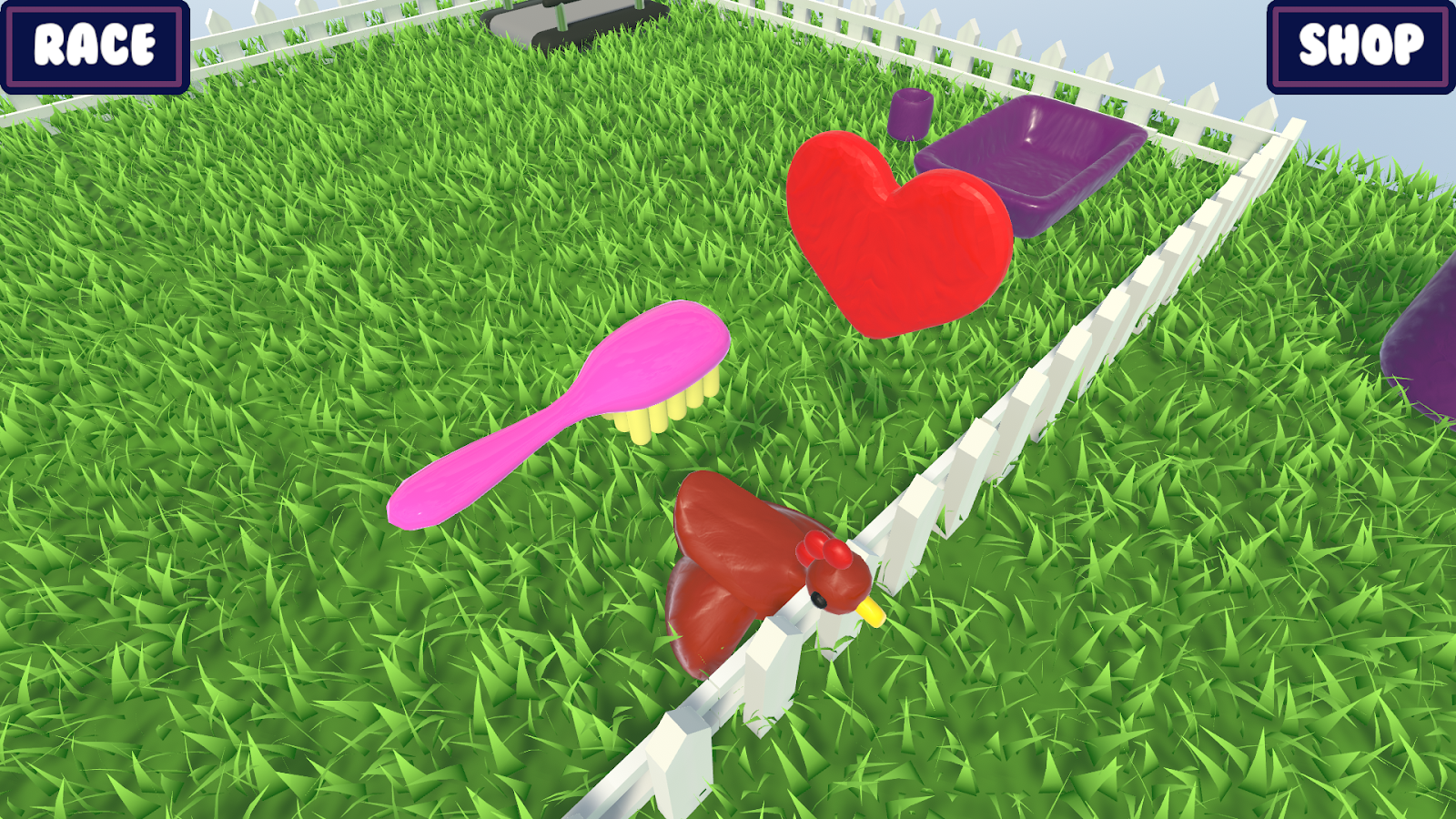
Hengliding, a Tamagotchi meets Mario Kart game about raising chickens. I co-lead this game and contributed architecture and featuring code, as well as models, animation, etc.
Art
For a long time I was convinced of my inability to make visual art, but discovering 3D art helped me see past that mindset and embrace the truth that all I needed was a little practice. Nowadays I make a point of contributing art assets to every game I work on. Seeing my skills improve in a tangible, visible way helps me keep motivated to continue improving.
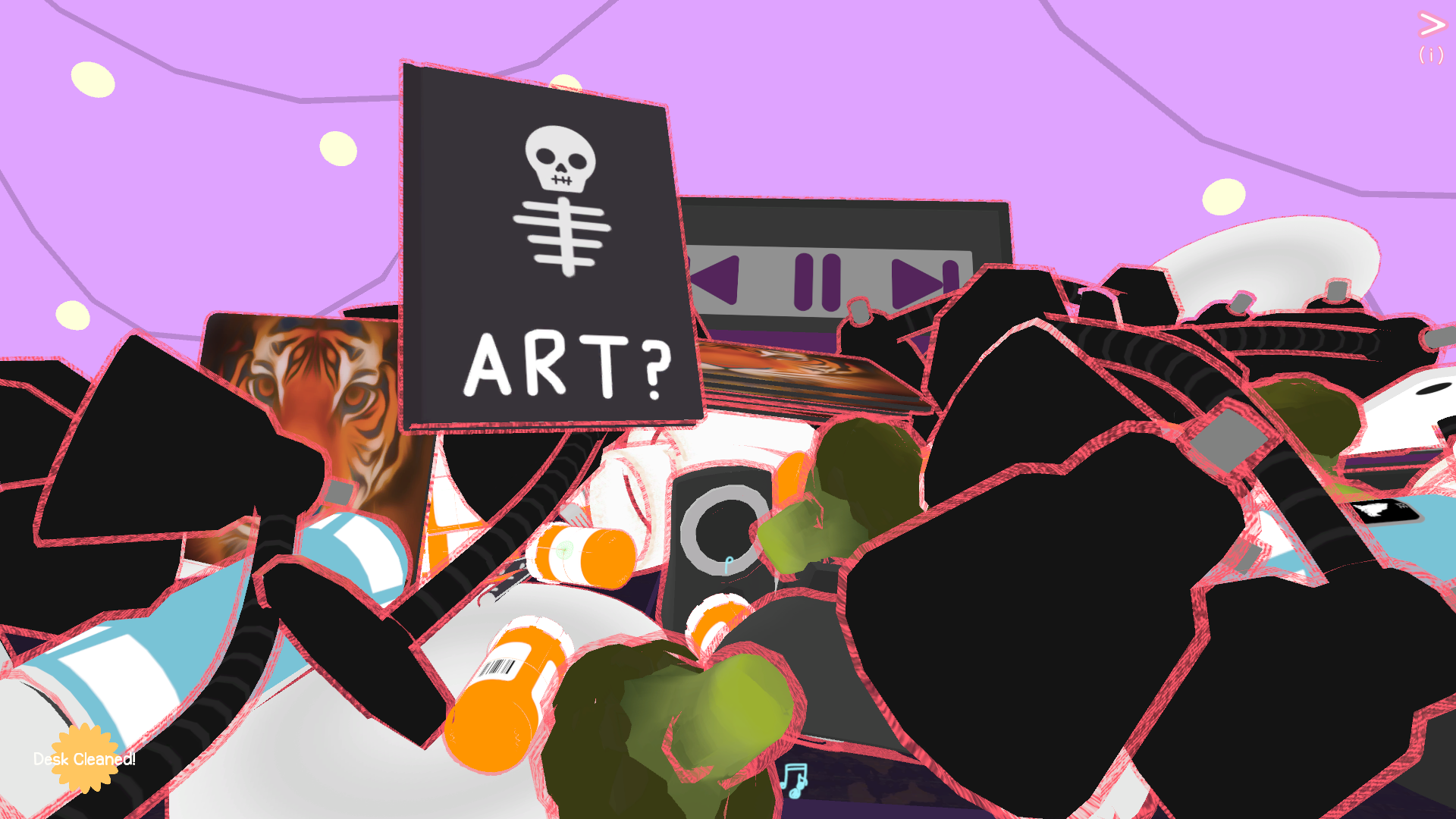
Clean my Desk, another VGDev game, is about procrastination, interior decoration, and art(?). I primarily contributed models and textures.
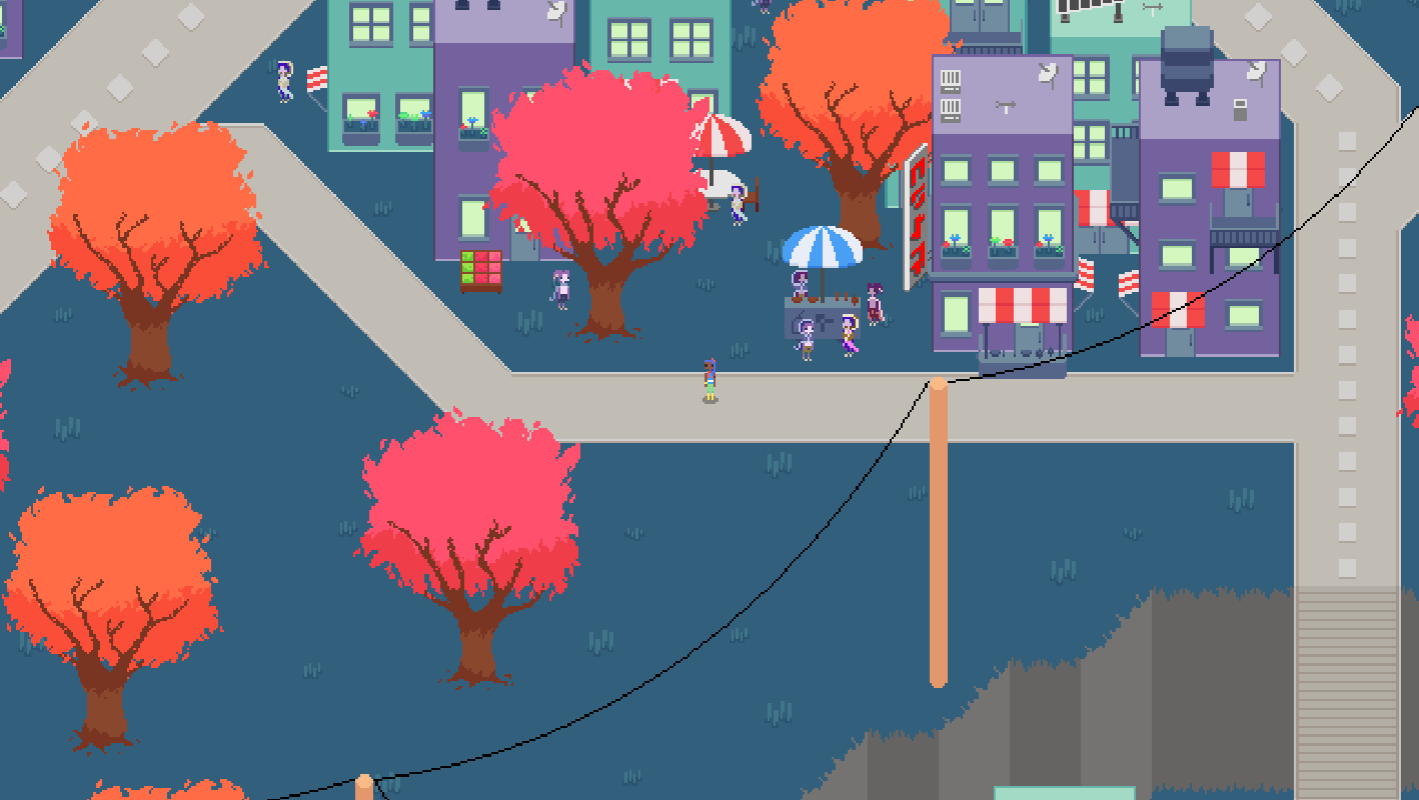
Dreamworld, a walking simulator about alien worlds. I drew environment pixel art.
Source code for most of these games is on my Github!

